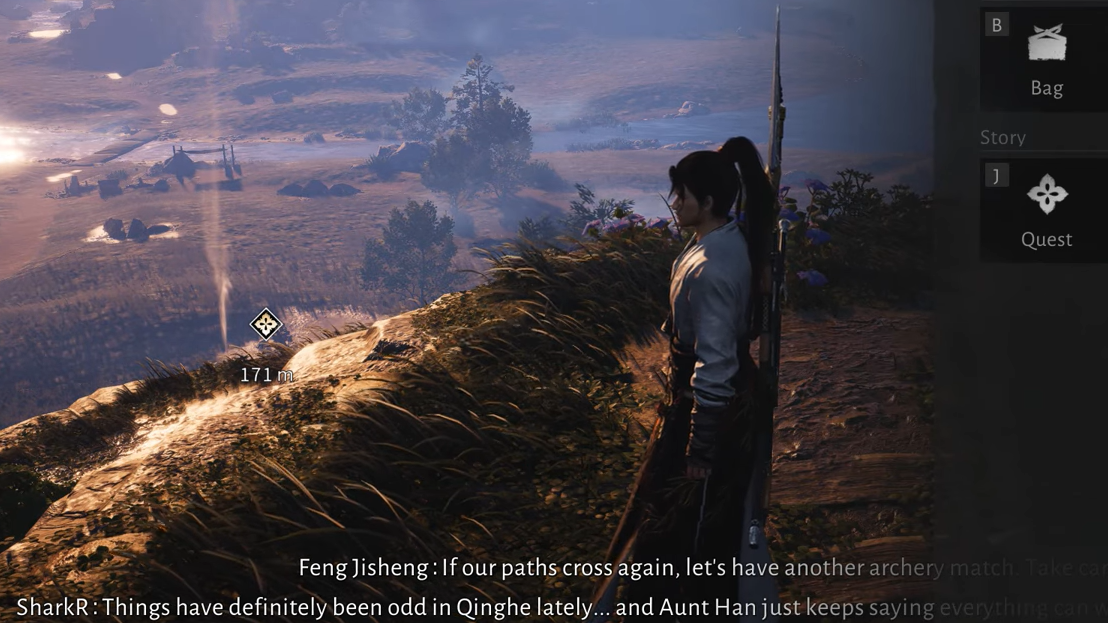Madiao in Where Winds Meet is a compact social deduction game built on hidden information and escalating bluff calls. Every turn, you declare what you say you are playing, not necessarily what you are actually putting down, and everyone else decides whether to accept that story or try to catch you lying.
Madiao basics and goal
Madiao is played over a series of rounds with several players seated at the table. Each player holds a hand of cards that includes normal number cards and special Yellow Cards.
Every time you put cards on the table, you must verbally declare them as a specific number that was chosen for the current round. You are free to lie. Other players can either let the play pass or challenge what you said.
| Element | What it means |
|---|---|
| Declared number | The rank everyone must claim when they play cards this round (for example “7”). |
| One Coin | Token that marks who chooses the declared number at the start of a round. |
| Yellow Cards | Wild cards that count as any declared number, making bluffs harder to read. |
| Win condition | Eliminate every other player or be the first to play all cards in your hand. |
The match continues until either one player is left standing after eliminations or someone successfully plays their final card.
Round start and the One Coin
At the beginning of each new Madiao round, one player is randomly given the One Coin. That player sets the tone for the round by deciding the number that everyone must declare when they play.
For example, if the One Coin holder announces “7”, any time a player places a card or set of cards on the table during that round, they are obliged to say those cards are 7s, regardless of their true value.
All players then take turns placing one or more cards face down while verbally declaring that they match the chosen number. The pile builds until:
- someone calls out a suspected bluff, or
- a player quietly runs out of cards and wins.
Because no one has any public information about anyone else’s hand at this point, the opening turn is where wild bluffing is safest.
Early-round bluffing and why it works
In the first passes around the table, other players have almost no data on card distribution. That makes it difficult to estimate whether a declaration is plausible or not.
The opening player can exploit this by declaring the chosen number while discarding different cards. Subsequent players face the same choice: follow honestly if they hold that number, or start lying immediately to conserve key cards for later.
NPC opponents tend to behave conservatively in this phase and often play truthfully when they happen to have the called number. That predictability lets you burn off awkward cards under the cover of early-round chaos.
How challenges work
As more cards pile into the discard stack, the story being told at the table can start to look implausible. If a player thinks a declaration is impossible or highly unlikely, they can issue a direct challenge against that play.
Patterns that commonly trigger a challenge include:
- A late player claiming multiple copies of the declared number (“three 7s”) when many have supposedly already been played.
- Someone who has been quiet, suddenly declaring a large batch of cards in one go.
When a challenge happens, the last set of cards played is revealed and checked against the declaration:
| Outcome | What happens |
|---|---|
| Challenged player lied | The bluff is exposed. That player is penalized and their chance of being knocked out of the game increases. |
| Challenged player told the truth | The challenger is wrong. The challenger takes the penalty instead, and the honest player gains control of the next round’s number. |
Yellow Cards complicate these reads. A player with Yellow Cards can truthfully satisfy a declaration even without holding the actual number, so some apparently impossible calls can, in fact, be valid.
Yellow Cards and why they matter
Yellow Cards are wild cards that can stand in for any number that has been declared for the current round. When a player uses them, they remain face down like other cards but are counted as matching the called rank during a check.
Because Yellow Cards effectively inflate how many copies of a number can exist on the table, they make extreme declarations less obviously fake. A player confident in having several Yellow Cards can safely claim multiple copies of a number and survive challenges that would otherwise be suicidal.
At the same time, anyone observing play must factor in the possibility that a suspicious declaration is being backed by wilds rather than pure bluff, which raises the risk of a failed challenge.
Control of the next declared number
After every resolved challenge, control of the One Coin may shift. The right to choose the next declared number goes to:
- the player who successfully challenged a lie, or
- the player who was challenged and proved to be telling the truth.
That player begins the next round by naming the new number all players must claim. They can again choose to be honest or lie.
Staying with the same number as the previous round is often strong. Many opponents will already have burned their genuine copies of that number trying to keep up with earlier declarations. Only the player who collected the previous discard pile is likely to still hold multiple real copies, which can swing subsequent exchanges.
Elimination, penalties, and odds
Each time a player loses a challenge, they move closer to being knocked out of the match. Elimination is not immediate; the game tracks a rising chance that a losing player will be removed from play.
| Number of lost challenges | Chance to be eliminated on that loss |
|---|---|
| First loss | 25 percent |
| Second loss | 50 percent |
| Third loss | 75 percent |
| Fourth loss | 100 percent |
Because this probability climbs in fixed 25‑percent steps, reckless repeat bluffing or careless challenges quickly become dangerous. Eliminating players through repeated failed challenges is often faster than simply waiting for someone to empty a hand.
Winning by going out
The alternative route to victory is to play every card in your hand without being eliminated. This path is more controlled but requires discipline in the final turns.
Late in the game, other players know that you are close to winning and will challenge aggressively to stop you. On your last few cards, it is usually safer to:
- play honestly with matching numbers when you can, and
- save Yellow Cards until the very end as flexible outs.
When you are down to your last card or two, a failed bluff can instantly flip the table, while a truthful declaration backed by Yellow Cards gives you a credible defence if someone calls you out.

Madiao and the Nine Mortal Ways
Outside the table itself, Madiao is woven into the identity of the Nine Mortal Ways Sect. Joining this Sect unlocks the Mortal Rope Dart martial art and a set of activities themed around trickery: posting misleading notices, sending fake money packets, disguising yourself, and cheating and bluffing in Madiao to build up “Fun Points”.
Performing those tricks successfully raises your standing within the Sect, while getting caught or ending up in jail lowers it. Madiao, with its structured lying and challenges, sits at the center of that fantasy of controlled mischief.
Madiao works because every decision to tell the truth or lie is visible, but the cards themselves are not. Once the flow of declared numbers, challenge odds, and Yellow Card wilds becomes familiar, the game turns into a tight loop of pressuring others to slip while keeping your own story believable just long enough to win.


